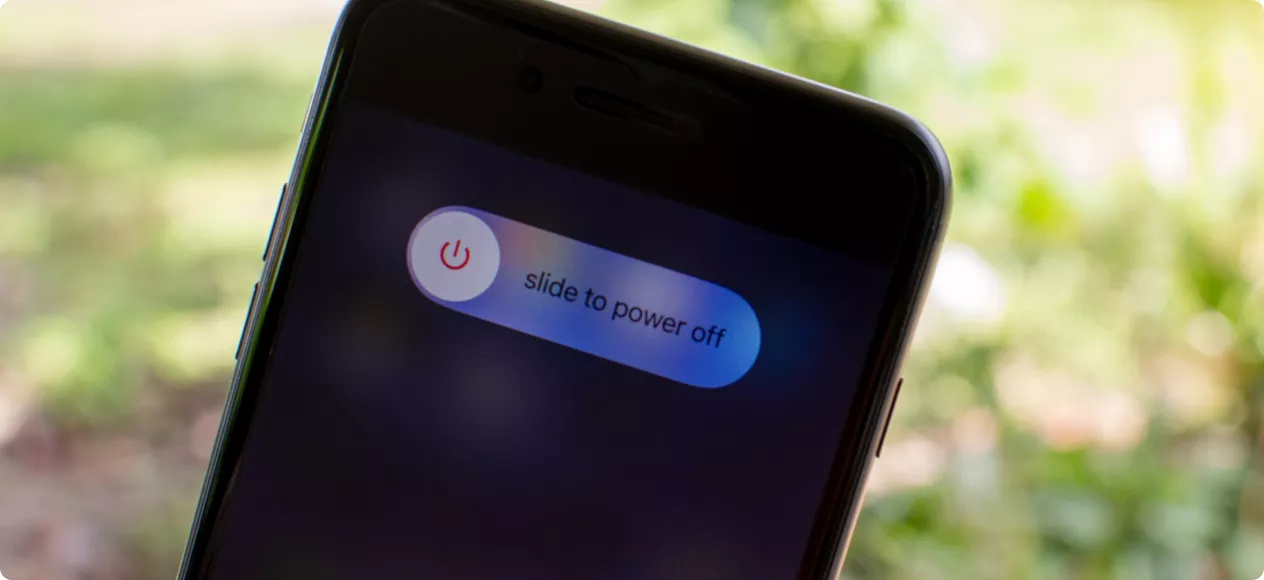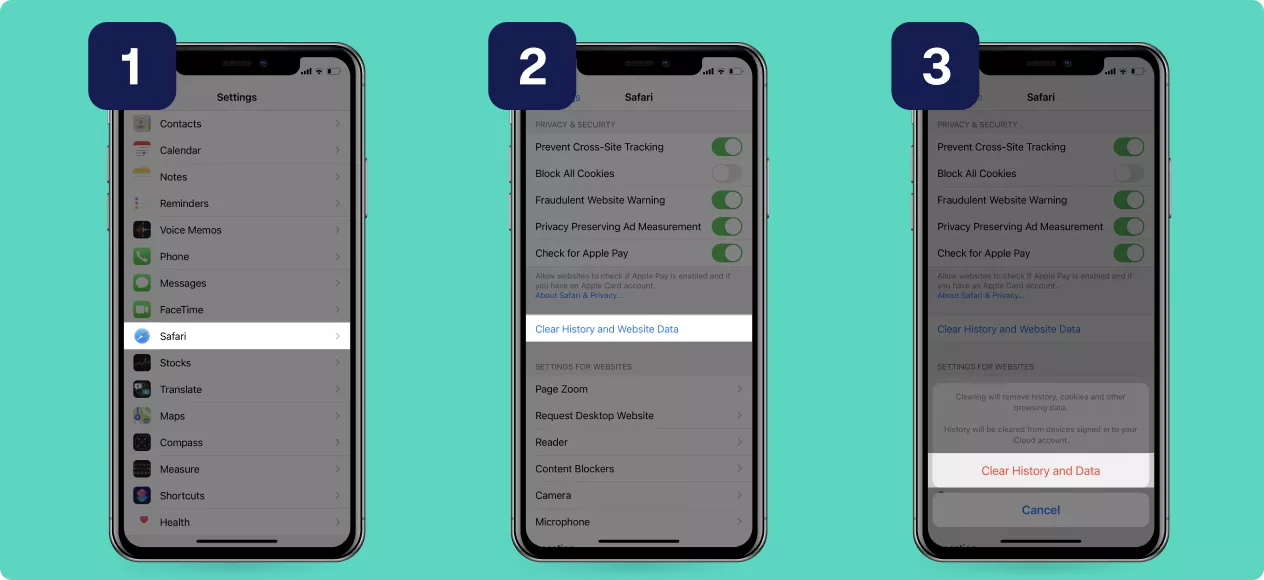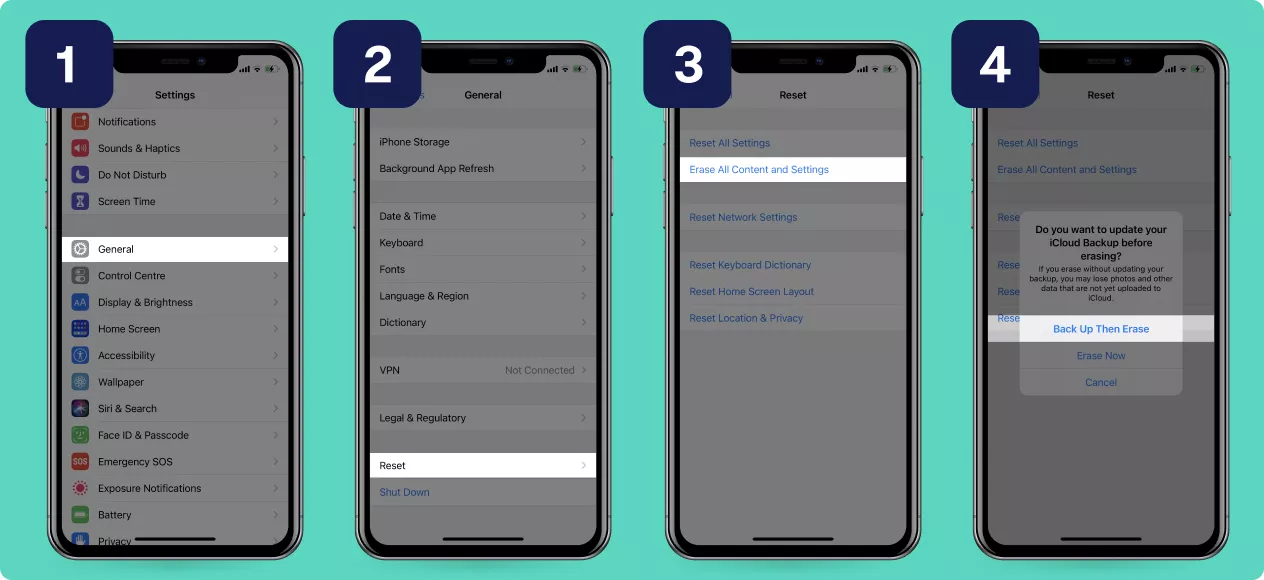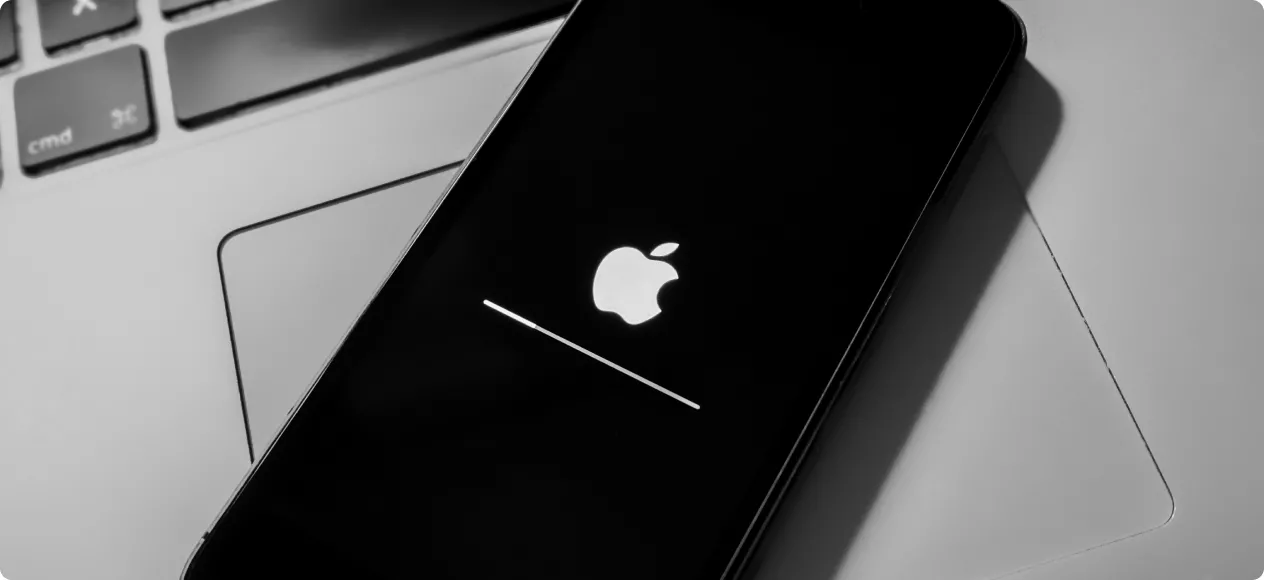How To Clear My Iphone From Viruses
Despite the widely held belief that iOS devices are immune to malware, that isn't the case. For example, since 2015, more than 2,500 apps in the App Store have been infected with malware called XcodeGhost.
So the risk to iPhones and iPads is very much real. Even though iOS is generally secure and malware is rare, it can happen, and cybercriminals come up with new ways to infiltrate devices every day. Jailbroken devices are at even greater risk, because bypassing Apple's built-in security features is essentially like leaving a gate wide open for hackers.
A common way to infect devices is through social engineering, where criminals trick victims into doing something against their own interests. Thankfully, there is no ransomware for iOS at the moment, but there is spyware, and there are scams that mimic ransomware.
So what should you do if you ever find your device infected? Follow our guide on how to remove viruses and malware from an iPhone and iPad.
Pro tip: Get ahead of cybercriminals by safeguarding your device with Clario. It's the perfect tool for round-the-clock cybersecurity assistance, with real experts keeping your browsing private and safe. Secure your device in three steps:
- Install Clario
- Create your account
- Switch on our VPN to hide your online activity from onlookers
- Toggle on our ad blocker to prevent clicking on infected ads
Download Clario's free seven-day trial, and start protecting your iPhone and iPad now!
How to remove viruses from an iPhone or iPad
If your device has a malware infection, don't panic. There are several methods you can try to get rid of viruses on your mobile devices
Restart your iPhone
If your device starts glitching or working slowly (the first sign of some malware infections), it may be because you have too many processes running in the background. Restarting a device doesn't delete malware, but it halts these processes and can speed up your iPhone.

Restart your iPhone in three simple steps:
- Press and hold the power button until the Slide to power off knob appears
- Slide the knob to the right to turn off the device
- Press and hold the power button to turn on the device
With the iPad, repeat all the steps, but press the top button to turn the iPad off and on instead. Also, it takes roughly 30 seconds for the iPad to turn off, so don't worry if nothing happens just after you slide the knob.
Clear browsing history and cache
If you've restarted your iPhone or iPad and the problem didn't go away, it's time to try clearing your browsing history and cache. Whenever you do anything online, your browser remembers it, including sites you visit, passwords you enter and so on. Malware can also "hide" there.
So by clearing your browsing history, you erase all information about your online activity, preventing hackers from getting hold of it, and you can potentially remove malware at the same time.
Note: for the sake of this guide, all the following instructions assume you're using Safari; instructions will vary for other browsers.

How to clear your browsing history and data:
- Select the Settings icon on your home screen
- Select Safari
- Select Clear History and Website Data. A pop-up will appear asking you to confirm the action
- Tap on Clear History and Data
Voila! You've just cleared your browsing data and history.
Restore a previous backup to a device
With the iCloud backup function, you can restore a previous backup state to an iPhone or iPad, so your device will function as it did before infection.

Here's how to restore your iOS device from a backup:
- Select the Settings icon on your home screen
- Select General
- Select Reset
- Select Erase all Content and Settings
- Choose between Backup Then Erase and Erase Now depending on what you want to do (pop-ups will ask you to confirm the action and enter your password)
- Select Restore from iCloud Backup when the device displays the Apps & Data screen
- Sign into iCloud and choose the iCloud backup you want to restore
By taking these steps, you can delete malware from an iPhone or iPad, assuming it was infected after its last backup.
Reset your device
If you've tried all of these solutions and still didn't get rid of the malware on your iOS device, a factory reset is the last resort. A factory reset deletes all of your content, and we mean all of it. Every app, setting, and configuration will disappear (except Apple's default proprietary apps). If you have critical data or information on your device, consider saving it elsewhere first.

For a factory reset, complete all the steps from the previous method, except this time, you won't proceed to Restore from iCloud Backup. Instead, you'll choose Erase all Content and Settings. When your device restarts, you'll have a like-new phone or iPad. That means you'll need to set up all your apps and so on from scratch.
How to protect your iPhone or iPad from online threats
Whether you've experienced a hack or not, here are several reminders for how to secure your device.
- Protect your devices with iOS security software. Why worry about getting malware altogether if you can protect your devices with bulletproof iOS security software, such as Clario — an all-in-one cybersecurity solution that offers ad blocking, a powerful VPN and 24/7 live assistance.
- Don't jailbreak your iPhone or iPad. Jailbreaking means evading Apple's built-in security features to download apps unavailable in Apple's App Store. It really isn't worth risking getting malware and jeopardizing your personal data.
- Update iOS and all your apps. With every update, software developers usually fix bugs and glitches that hackers can exploit to infiltrate your devices.
- Don't open email attachments from unknown sources. Hackers often email booby-trapped files to victims, which can install malware. This is usually something innocent-looking like a Word document or PDF.
FAQ
How can I tell if I have a virus on my iPhone?
Keep an eye out for the following symptoms and take action in a timely manner:
- Your device runs much more slowly than usual
- You notice unknown or strange-looking apps installed on your phone
- Your default browser changes on its own, and you get a lot of pop-up ads
- Your phone keeps running out of memory or its memory usage is constantly increasing
- Your battery overheats or dies quicker than expected
If you notice any of these symptoms, it's time to check your iPhone for malware and remove it.
Can iPhones get viruses from websites?
Yes, they can. Cybercriminals study and analyze iOS characteristics to exploit its vulnerabilities and get users' data. In 2019, researchers from Google found a few hacked websites that were attacking iOS for two years, flying under everyone's radar. The infected websites were installing spyware on iPhones to steal users' personal data, such as passwords and private messages.
After researchers discovered the hacked websites, Apple developers patched up those vulnerabilities in an iOS update. We can never know how much undiscovered malware is out there. Be careful and protect yourself in advance.
Why do I get virus warnings on my iPhone?
Apple doesn't send out virus warnings and alerts to users. If a virus warning suddenly pops up on your screen, it's most likely a virus scam, trying to force you to act on it. Whatever you do, don't tap on the links in the pop-up or even use the Close button — it might lead you to a phishing site. Instead, follow our guide on how to get rid of these fake virus scams.
***
Apple products are significantly less likely to be infected with malware than other devices. But no one is completely safe in the digital world, with cybercriminals using increasingly clever ways to get their hands on your personal data.
So you need to stay alert at all times. Update your iOS regularly, don't jailbreak your iPhone, and choose the best iOS security software you can. Stay safe out there!
How To Clear My Iphone From Viruses
Source: https://clario.co/blog/how-to-remove-virus-iphone-ipad/
Posted by: dukesquoinep.blogspot.com

0 Response to "How To Clear My Iphone From Viruses"
Post a Comment